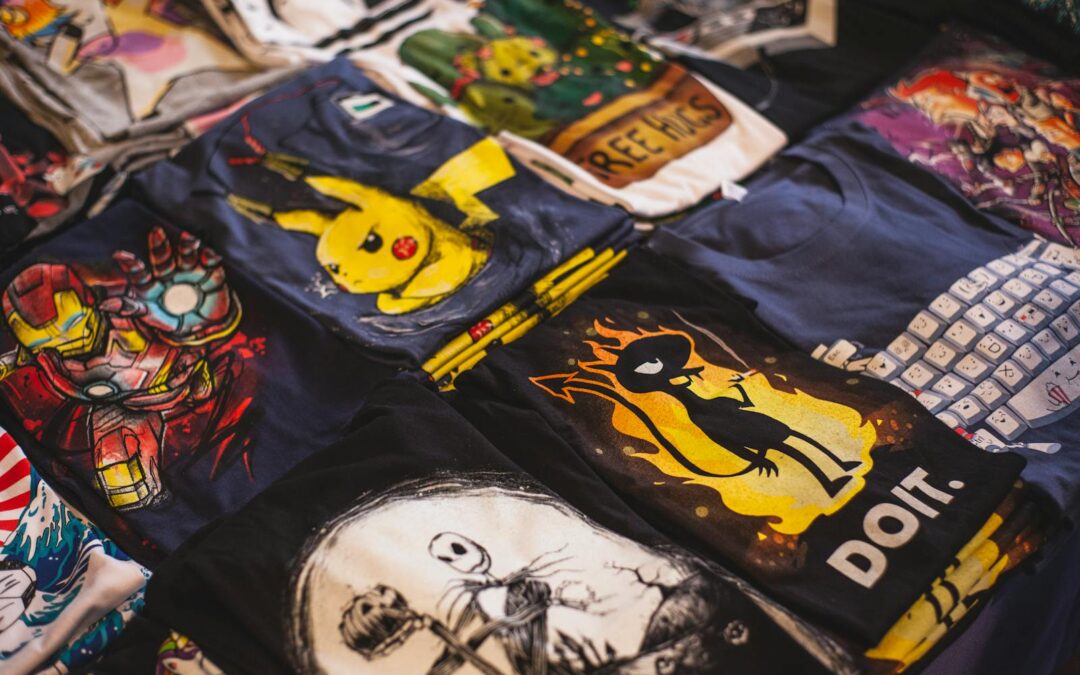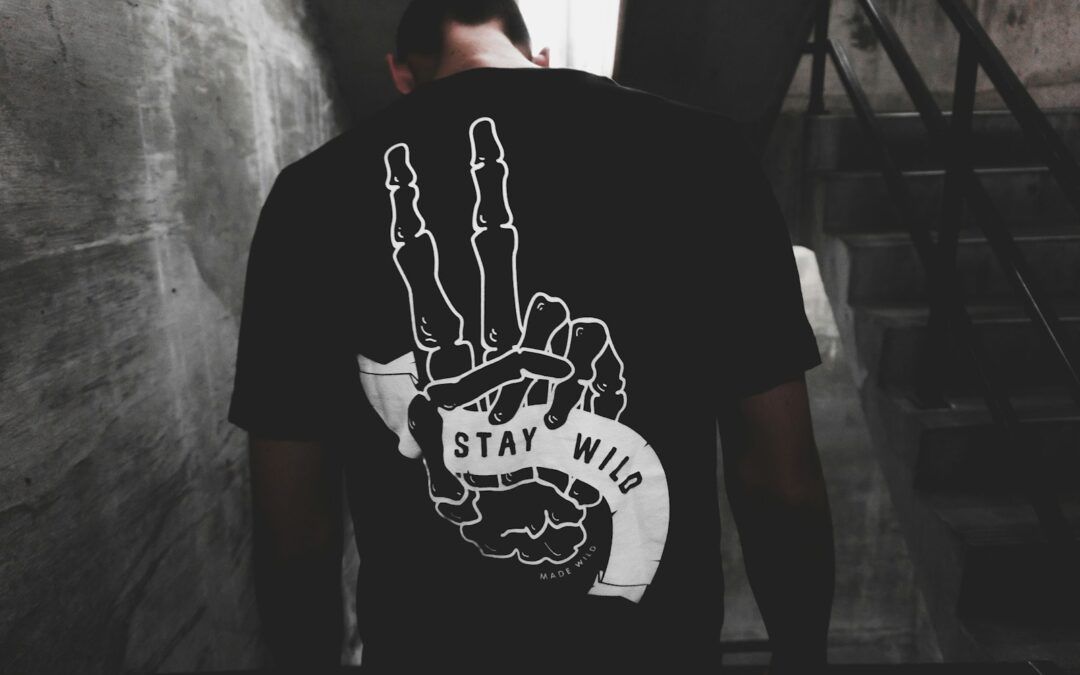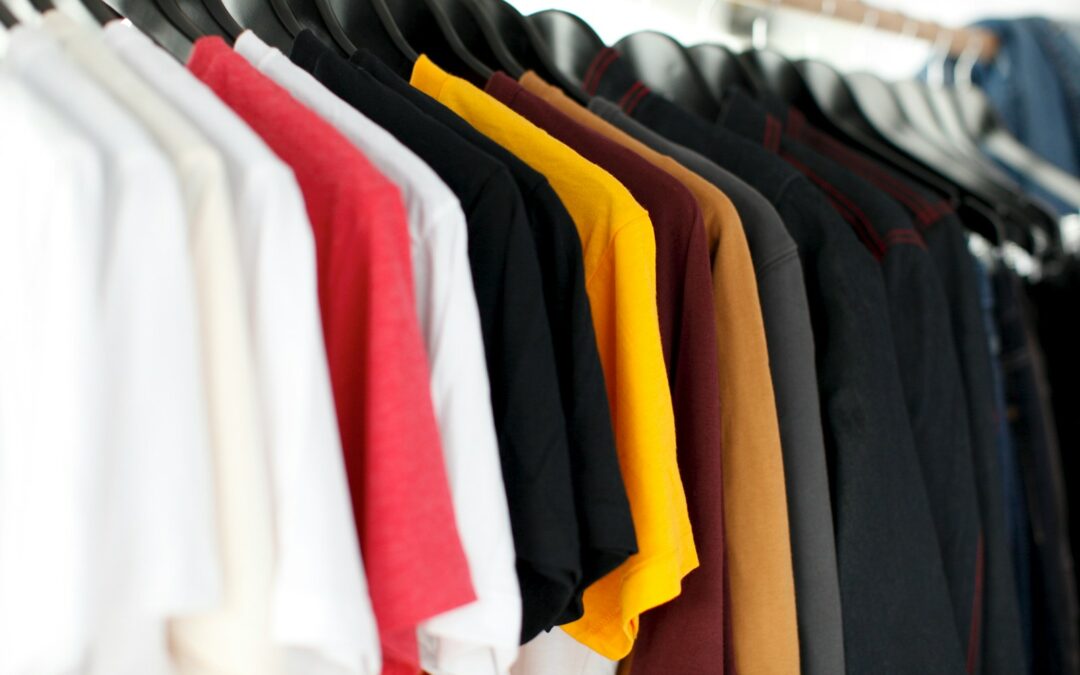Have you ever heard of a DTF machine before? Direct to Film (DTF) printing is a relatively new technology that has been gaining popularity for its versatility, cost-effectiveness, and high-quality results. The DTF transfer printing process is used to create vivid and vibrant designs on a variety of materials such as cotton, polyester, and nylon fabrics. In this blog post, we’ll take a deeper look at what a DTF machine is and how it works.

First of all, let’s define what DTF printing is. DTF printing is a digital printing method in which ink is applied directly onto a special film that is then transferred onto the fabric using heat and pressure. The film acts as a carrier that holds the pigments, and the ink is cured to the fabric using a heat press. This process allows for intricate, full-color designs to be printed onto fabrics in a way that traditional screen printing methods cannot achieve.
DTF machines are essentially printers that are designed to work with the special film used in DTF printing. These specialized printers come with a built-in heating element that helps to cure the ink onto the fabric once it has been transferred from the film. The printing process can be easily controlled through the use of a computer and specialized software that allows the user to adjust various settings to achieve the desired results.
One of the biggest advantages of DTF printing is the ability to print complex designs with a high level of detail and accuracy. With DTF printing, you can print photographic quality images, intricate designs, and small text that would not be possible with traditional screen printing methods. Additionally, because DTF printing uses special ink that is cured to the fabric using heat, the designs are incredibly durable and can withstand multiple washings and wear.
DTF printing is also a more cost-effective option compared to traditional screen printing. Traditional screen printing requires the creation of a separate stencil for each color used in the design, which can be time-consuming and expensive. DTF printing, on the other hand, allows for full-color designs to be printed using a single film transfer, reducing the time and cost involved in the printing process.

A Guide to the Different Types of DTF Printers
Direct-to-Film or DTF printing is a modern, high-quality printing method that works well for custom-designed clothing, specialty advertising, and personalized items. It works by printing the design directly onto a film that is then adhered to a garment or item using a heat press. One of the advantages of DTF printing is that it works well with a variety of fabrics, including cotton, polyester, and even nylon.
Epson-Based DTF Printers
Epson-based DTF printers incorporate Epson’s PrecisionCore printhead that allows for high-quality prints using micro dot technology. These printers produce accurate, precise color shades and are ideal for printing high-quality images with intricate details. Additionally, they are cost-effective and easy to use. The Epson SureColor P800 DTG and the Epson SureColor P400 DTF are among the most commonly used DTF printers.
Ricoh-Based DTF Printers
Ricoh-based DTF printers incorporate Ricoh’s Gen4 and Gen5 printheads, which offer excellent image quality and fast printing speed. These printers can be used with cotton, polyester, and even nylon fabrics, making them particularly versatile. The most popular Ricoh-based DTF printer is the Ricoh Ri 1000.
Epson/Ricoh Hybrid Printhead DTF Printers
Hybrid DTF printers combine the best features of Epson and Ricoh DTF printers. These printers use both Epson and Ricoh printheads for exceptional print quality and speed. Additionally, hybrid DTF printers have a wider color gamut and are more environmentally friendly. The Epson SureColor F570 and Ricoh Ri 1000i are examples of hybrid DTF printers.
UV DTF Printers
UV DTF printers work differently from other DTF printers in that they use ultraviolet light to cure the ink onto the film. The ink sits on top of the film, rather than being absorbed, and creates a raised surface that can give a 3D effect to printed designs. UV DTF printers produce prints that are highly durable and resistant to fading and can print on any surface, including glass, metal, and wood. However, these printers are expensive, and color production can be limited. The Epson L1800 UV DTF printer is one of the most popular models.
DIY DTF Printer
If you are on a tight budget and willing to take on a DIY project, there are several tutorials online for building a DTF printer using an old Epson or Canon inkjet prin ter and some other basic materials. While these DIY printers may not produce prints as high-quality as commercial DTF printers, they are still a viable option for personal use or small businesses. Just remember you won’t have a print optimizer software or any specialised help measuring and mixing inks.

How Does a DTF Transfer Printer Work? A Comprehensive Guide
DTF printers have gained significant popularity in recent years as a more cost-effective and time-efficient way of printing high-quality designs on various materials. These printers can print on a wide range of items such as wood, metal, plastic, and fabrics. In this blog post, we will explore how DTF printers work and what makes them different from other printing techniques.
DTF printing is similar to Direct to Garment (DTG) printing, but with a few key differences. The primary difference between DTG and DTF printing is the media used to transfer the design onto the material. DTG printers use a liquid ink solution that is sprayed onto the fabric, whereas DTF printers use a heat transfer film, like brilliant digital transfer sheets/
In DTF printing, the process starts with designing the artwork on a computer software program, which is then printed onto a heat transfer film using a specialized printer, typically with double print head technology. The film is then placed onto the item that needs to be printed, with the adhesive side facing down, and heat is applied to transfer the design onto the material.
One of the key advantages of DTF printing is its ability to print on dark materials, something that is challenging to achieve with DTG printing. Unlike DTG printers, DTF transfer printers use white ink as the base coat, which helps to ensure that the colors of the printed design come out accurately on the dark materials.
The heat transfer film used in DTF printing is made up of three layers: the base layer, adhesive layer, and release layer. The base layer is the layer that holds the design, the adhesive layer keeps the film in place, and the release layer is removed after printing. This three-layered film ensures that the design is precisely transferred onto the material with no smudging or bleeding of colors.
When the heat transfer film is placed onto the item that needs to be printed, it is run through a heat press, which is similar to an ironing board equipped with heating elements. The amount of heat and pressure applied to the material and film depend on the materials used, the design, and the printer specs.

Why You Should Buy Custom DTF Transfer Prints
When it comes to printing designs onto fabric, there are a few different methods available. One of the most popular and effective methods is DTF printing, which stands for Direct To Film. This method involves using a computer-controlled printer to print an image onto a special film, which is then applied to the fabric using heat and pressure. But why should you choose to buy custom DTF prints from automatic screen print shops?
Vibrant Colors
When you choose DTF printing, you’ll be amazed at how vibrant and vivid the colors turn out. This method uses a special ink that is specifically designed to be absorbed by the fabric, creating bright and bold colors that will never fade or wash out. Whether you’re printing a logo, a photo, or a custom pattern, you can be confident that the colors will be true and eye-catching.
Versatility
DTF printing is incredibly versatile, allowing you to print on a wide range of fabrics and materials. This includes everything from cotton and polyester to more specialty fabrics like silk or leather. This means that you can use DTF printing for just about any project, whether you’re making t-shirts, hats, tote bags, or anything in between.
Excellent Detail
Because DTF printing uses a computer-controlled printer, it is incredibly precise and can produce high levels of detail. This means that even small print or intricate patterns can be printed with absolute accuracy. Whether you’re creating a custom graphic or adding text to your design, you can be sure that every detail will be crisp and clear.
Durable and Long-Lasting
One of the biggest advantages of DTF printing is that it is incredibly durable and long-lasting. Unlike some other printing methods, DTF prints won’t fade or crack over time, even with repeated washing and wear. This makes it a great choice for products that will see a lot of use, like t-shirts or bags.
Customizability
Finally, one of the biggest reasons to choose custom DTF prints is the level of customizability they offer. Because you can print just about any design onto any fabric, you can create truly unique and personalized items. Whether you’re creating a custom gift for a friend or adding your own branding to a product, DTF printing allows you to create something that is completely one-of-a-kind.

Limitless Transfers
Are you in the market for high-quality dtf transfer prints? Look no further than Limitless Transfer, the premier provider of direct film transfers. Our state-of-the-art film printers ensure top-tier print speed, meaning you’ll receive your order in no time.
Trust in our print operations, our expertise and experience to deliver the best possible results with your dtf transfers. Contact us today to learn more about our services and how we can help elevate your printing game. We can deliver direct film transfers right to your door!

Conclusion:
In conclusion, DTF printing is a versatile and cost-effective digital printing method that can produce high-quality results on a variety of fabrics. With the use of a specialized DTF machine, you can easily create complex and detailed designs that would not be possible with traditional printing methods.
Whether you’re a small business owner looking to create custom merchandise or a designer looking to create unique pieces, DTF printing offers a range of benefits that make it an excellent choice for your printing needs.




